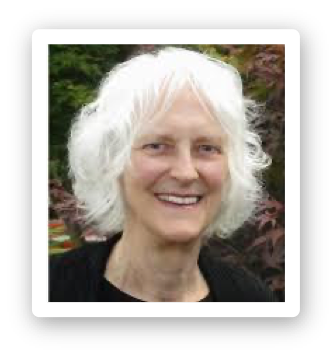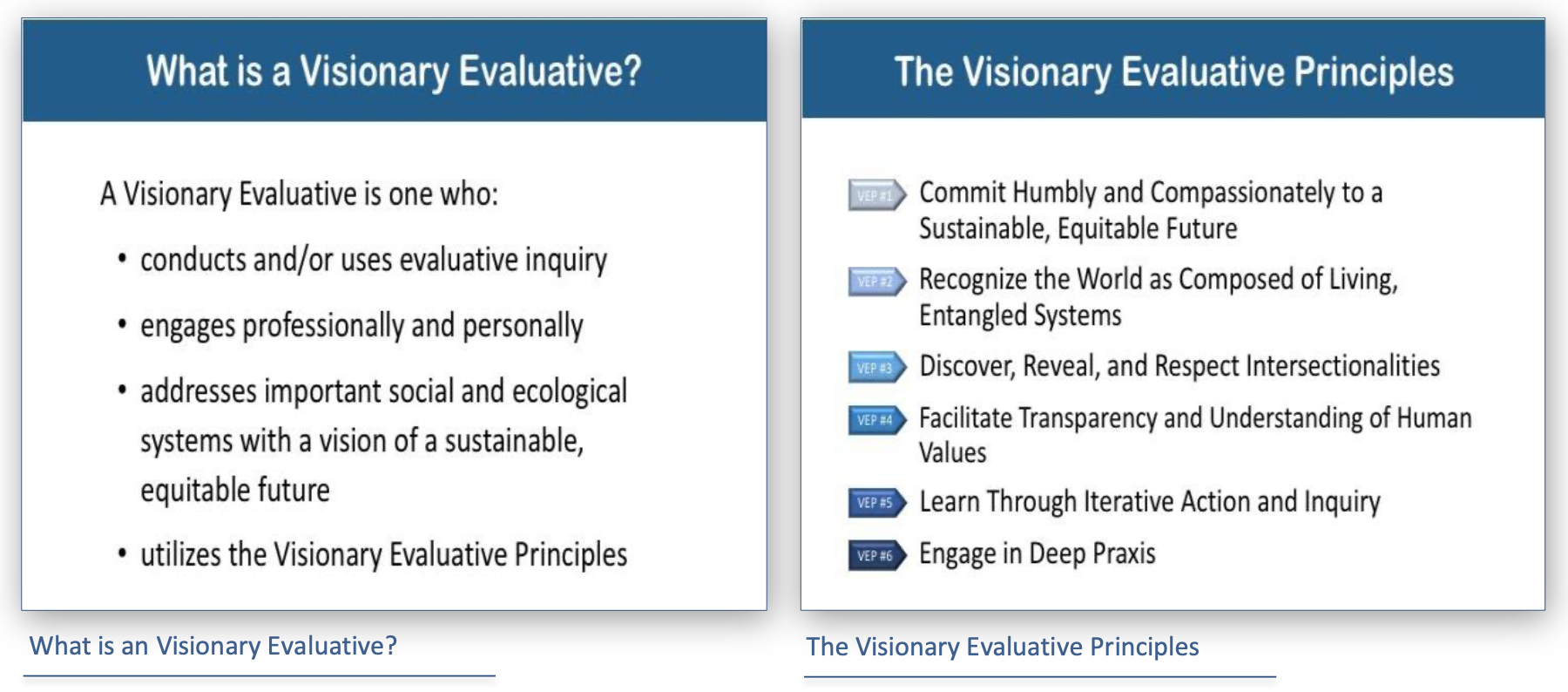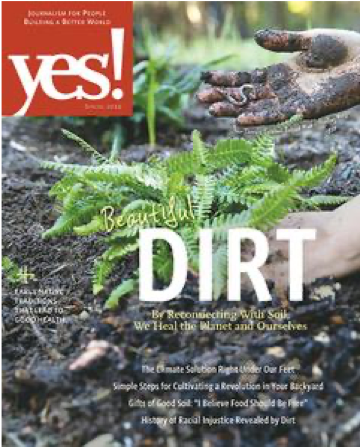I’m Beverly Parsons, one of the editors and authors of Visionary Evaluation for a Sustainable, Equitable Future. The development of this book brought me to a deeper understanding of environmental sustainability and equity.

When Matt Keene, Lovely Dhillon and I (co-editors and co-authors of several chapters) wrestled with a definition for environmental sustainability, Matt argued that humanity doesn’t know enough to say what environmental sustainability actually looks like, especially in a future unlike any humanity has ever experienced. He reminded us of how many times people think they have the answer to a problem (in this case sustaining the natural environment so human life can continue to exist on this planet) but it becomes apparent over time that in their certainty about a solution they miss critical effects of their actions. Many of those effects grow out of a lack of systems thinking, attention to intersectionalities (especially the intersectionalities of equity and environmental sustainability), and deep reflective praxis.
The first Visionary Evaluation Principle (VEP), Commit humbly and compassionately to a sustainable, equitable future, emphasizes how we commit to a sustainable, equitable future—with humility and compassion. The second VEP addresses systems thinking and the sixth VEP addresses deep praxis.

Lesson Learned: Dirt Meditation
I learned that I needed to better connect the first, second, and sixth VEPs through meditative practice. The Latin root of humility is humus, dirt. It is the very foundation of a natural life cycle on the land masses of this planet, the places where we live and die. Here’s a mindful, evaluative- and systems-thinking meditation. It helps ground environmental sustainability and equity in humility and compassion; it helps reconnect me with where I live—the environment, the land, the habitat—and influences my evaluative praxis.
Meditate on a handful of dirt. Hold dirt in your hand; hold life, hold sustainability in your hand. Ask:
• Who else lives here?
• What are these tiny creatures, how do they connect to me?
• How do my actions affect their well-being?
• How do I respect their life cycles, their connections to all of us?
• What do those connections say about power, their power, my power, the power of the billions of life forms around me, under my feet, on a daily basis?
• What do these connections say about environmental sustainability that leads to justice for all living beings?
Beautiful dirt, beautiful
life, equitable life, sustainable life.


Rad Resources: Check out our book,Visionary Evaluation for a Sustainable, Equitable Future (use discount code VEFSA8338), its website, and a webinar in the Blue Marble Evaluation series.
Also take a look at the stories in Yes! Magazine about equity, reconnecting with soil, healing the planet and ourselves.
Recognize that power is in the earth.
Learn about Rights of Nature.
The American Evaluation Association is celebrating the publication of Visionary Evaluation for a Sustainable, Equitable Future, an outgrowth of the Evaluation 2014 conference theme with the same name. The contributions all this week to aea365 come from editors and authors of the book. Do you have questions, concerns, kudos, or content to extend this aea365 contribution? Please add them in the comments section for this post on the aea365 webpage so that we may enrich our community of practice. Would you like to submit an aea365 Tip? Please send a note of interest to aea365@eval.org. aea365 is sponsored by the American Evaluation Association and provides a Tip-a-Day by and for evaluators.
